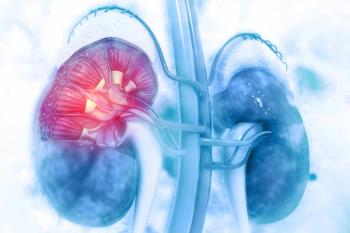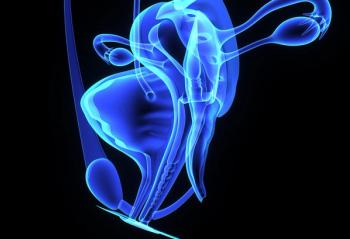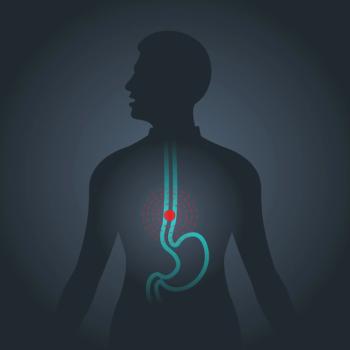
Utilizing US Features and BRAFV600E Mutation Status to Stratify Papillary Thyroid Carcinoma
Clinicians may be able to utilize this information as an effective preoperative tool to stratify risk and determine an initial surgical approach for patients with PTC.
Certain ultrasonographic (US) features and quantifications of the BRAFV600E mutation may be associated with cervical lymph node metastasis (LNM) in patients with papillary thyroid carcinoma (PTC), according to a study
Clinicians may be able to utilize this information as an effective preoperative tool to stratify risk and determine an initial surgical approach for patients with PTC, according to the researchers.
Liang Guo, of the Department of Ultrasound, Chinese People’s Liberation Army General Hospital, Beijing, China, and colleagues investigated the association between US features as well as the BRAFV600E mutation with LMN in 280 Chinese patients with PTC. Of the 280 patients, 108 had cervical LNM. The mean patient age was 43.78 years, and 81.0% had a BRAFV600E mutation (n = 226).
Researchers found no association between BRAFV600E mutation status and cervical LNM. They also looked at cycle threshold (Ct) values by polymerase chain reaction, including the intensity of reactions by immunohistochemistry (IHC) for BRAFV600E expression. An increased risk for developing LNM was found with the incremental intensity of IHC for BRAFV600E expression from a weak to strong reaction, after adjusting for potential confounders.
In addition, younger age (< 45 years) was significantly associated with cervical LMN, as were several US features including multifocality, shape, margin, heterogeneous echogenicity, calcification, CDFI, US-LNM, distance to capsule, and the diffuse disease.
She said one concern she had with the study is that all patients who were identified as having a thyroid nodule of any size had a biopsy. If found to be PTC, the patient underwent thyroidectomy and central lymph node dissection.
“In the US, the 2015 American Thyroid Association guidelines recommend that we do not biopsy any thyroid nodules less than 1 cm in size. The majority of patients in this study had tumors that were right around the 1 cm mark and many were below. Thus, this population would not be replicated in the US, as these tumors < 1 cm are generally not found to be aggressive and are not even subjected to biopsy, let alone surgery,” Lindeman told Cancer Network.
Lindeman noted that controversy exists among endocrine surgeons about the extent of surgery for patients with PTC, as well as whether the lymph nodes around the thyroid should be removed at the same time as the thyroid, even when there is no clinical evidence that they harbor metastatic disease.
“I would say that once these findings have been replicated in a larger sample to more strongly prove this association, we should test whether this assay can be used in the preoperative setting on thyroid nodule biopsy samples in an effort to guide operative planning,” said Lindeman.
Newsletter
Stay up to date on recent advances in the multidisciplinary approach to cancer.




















































































